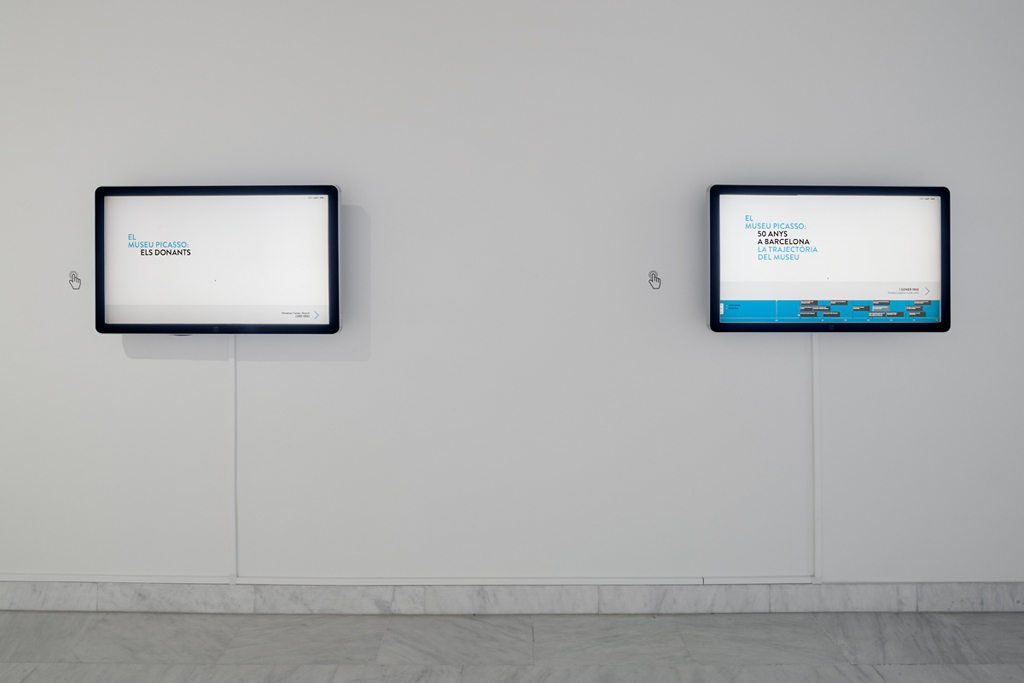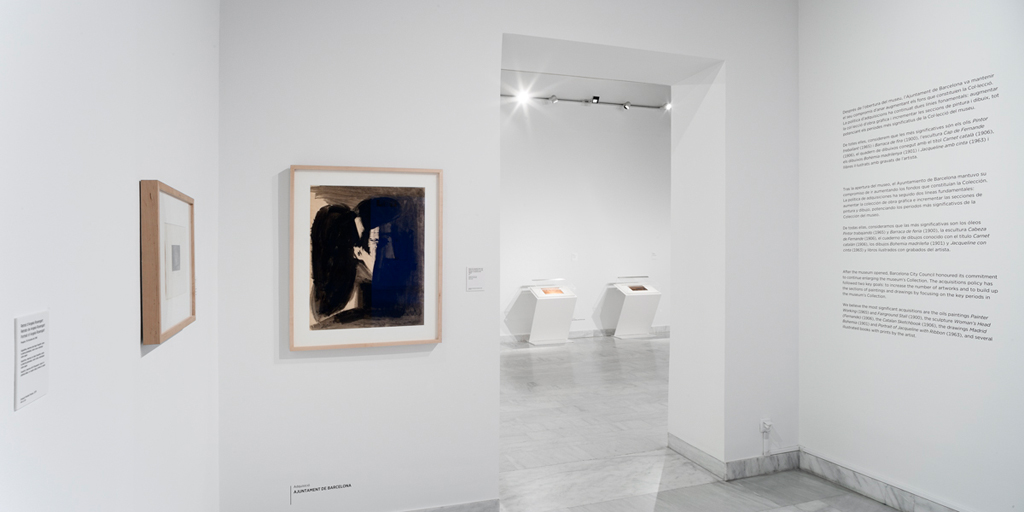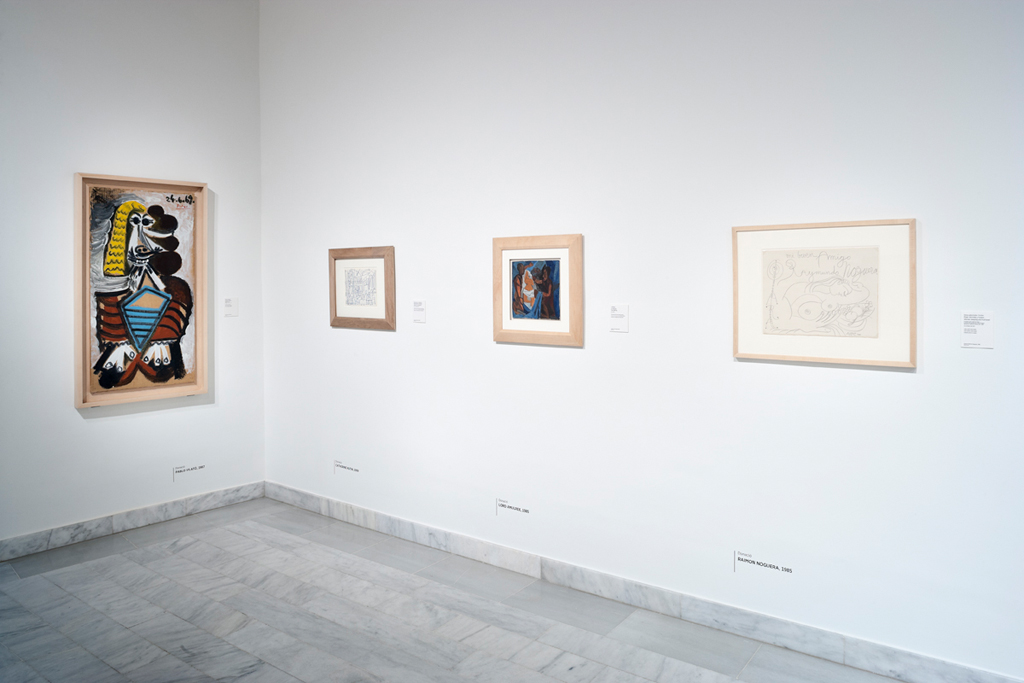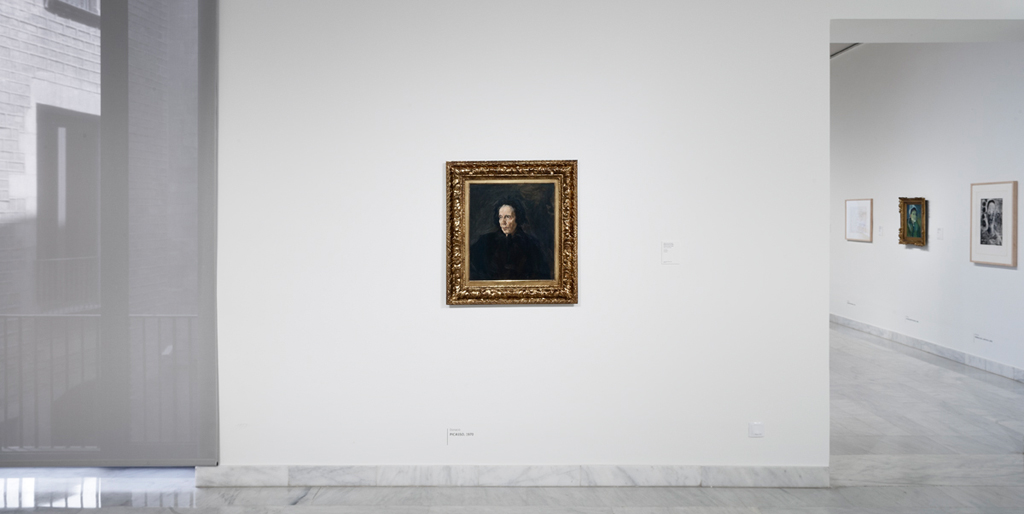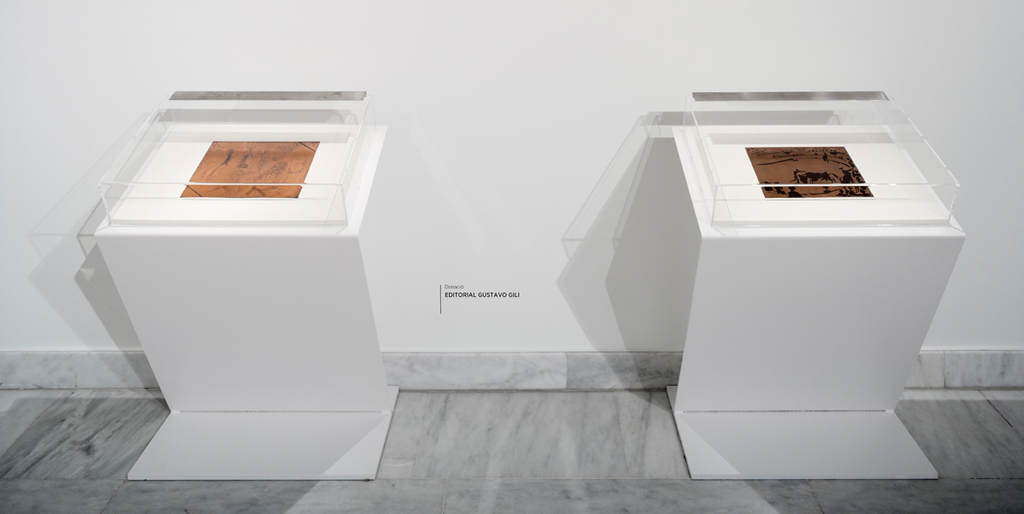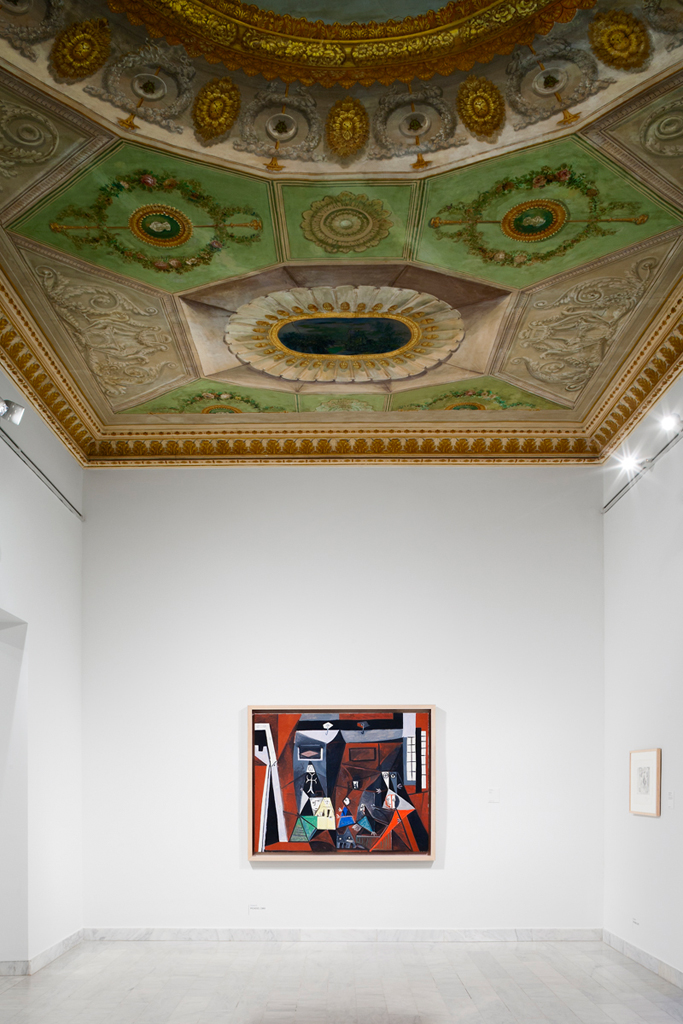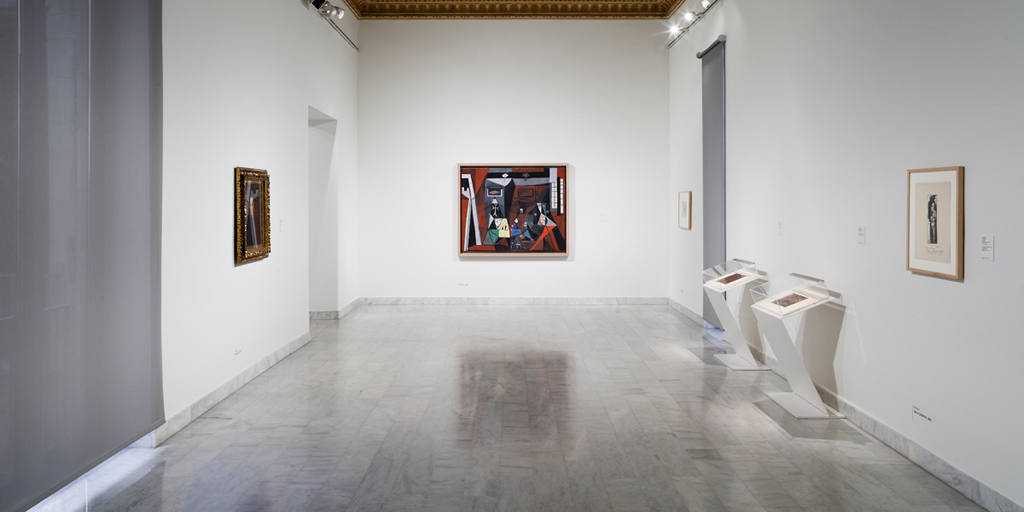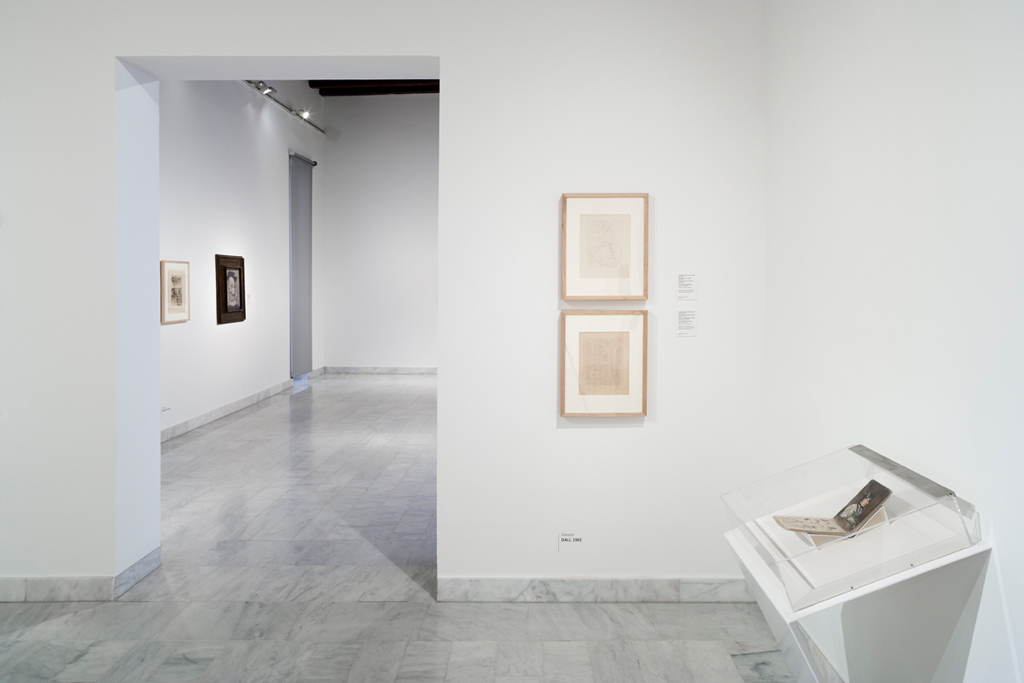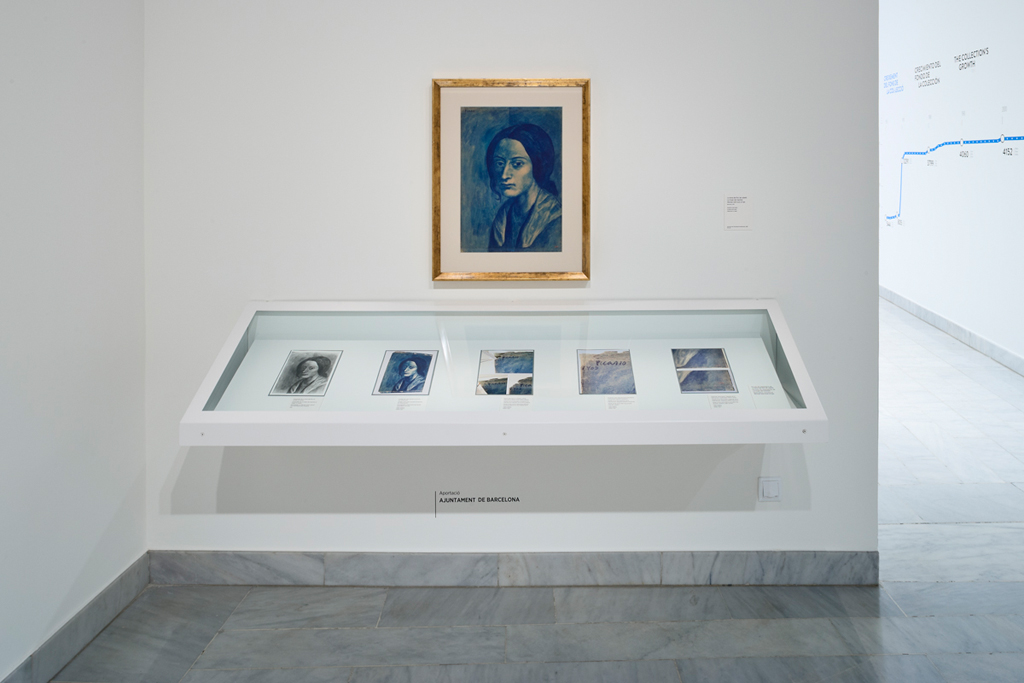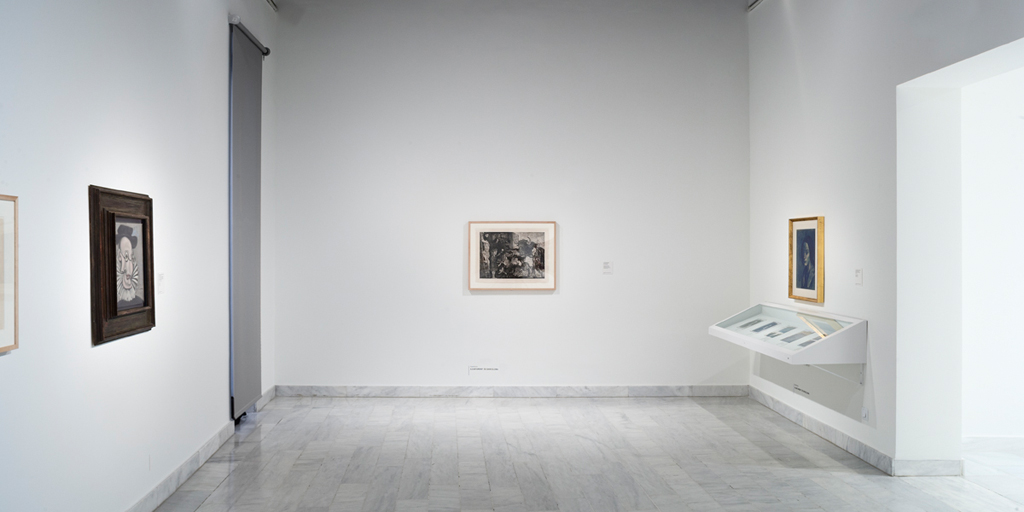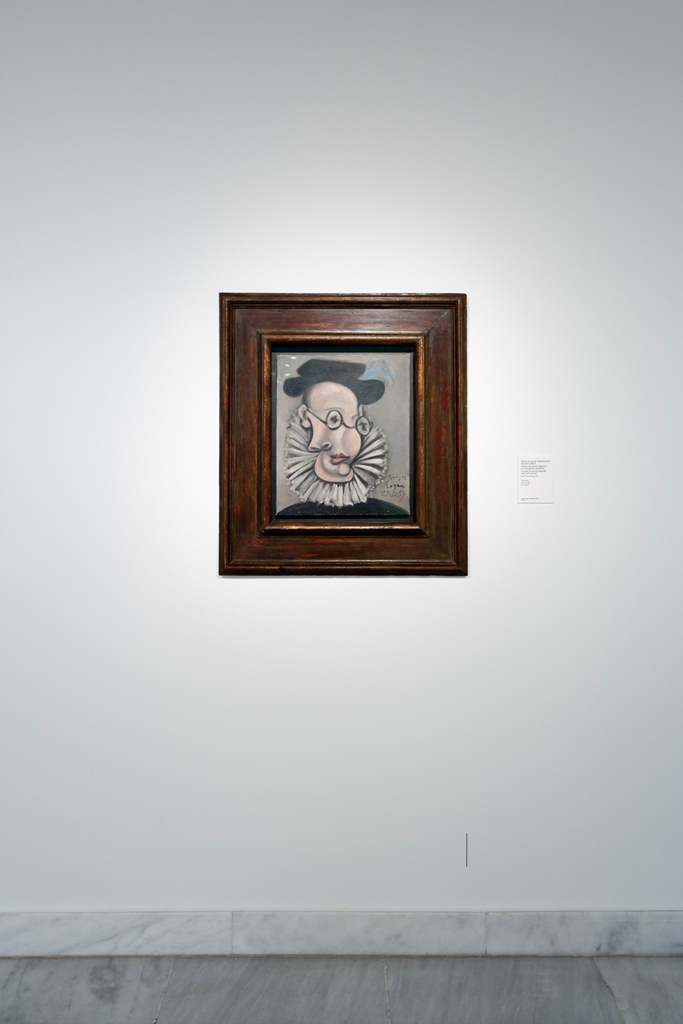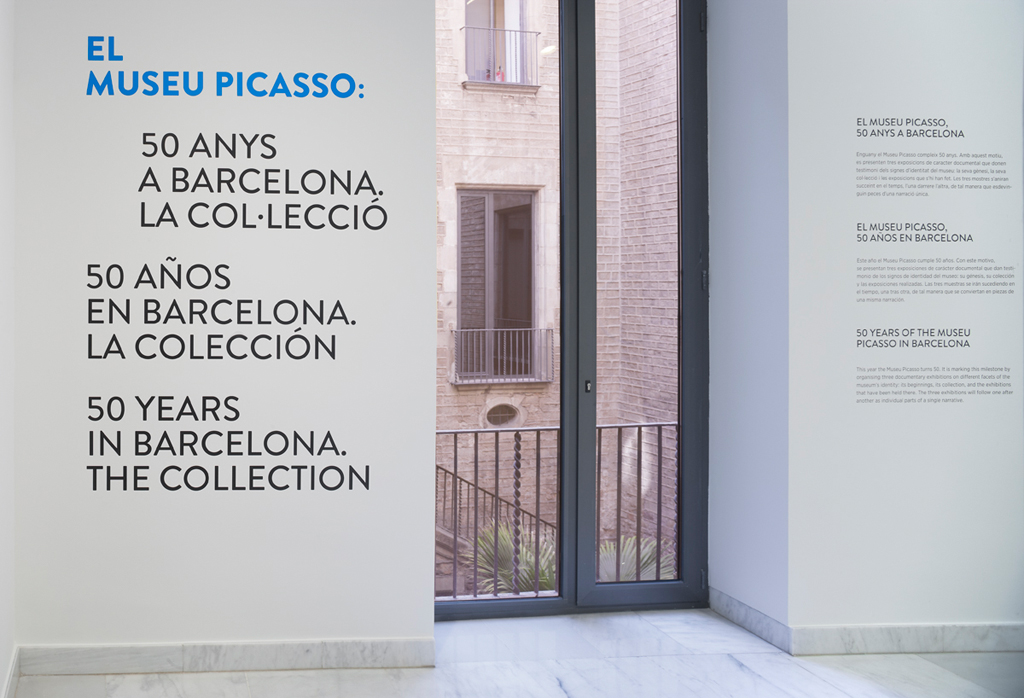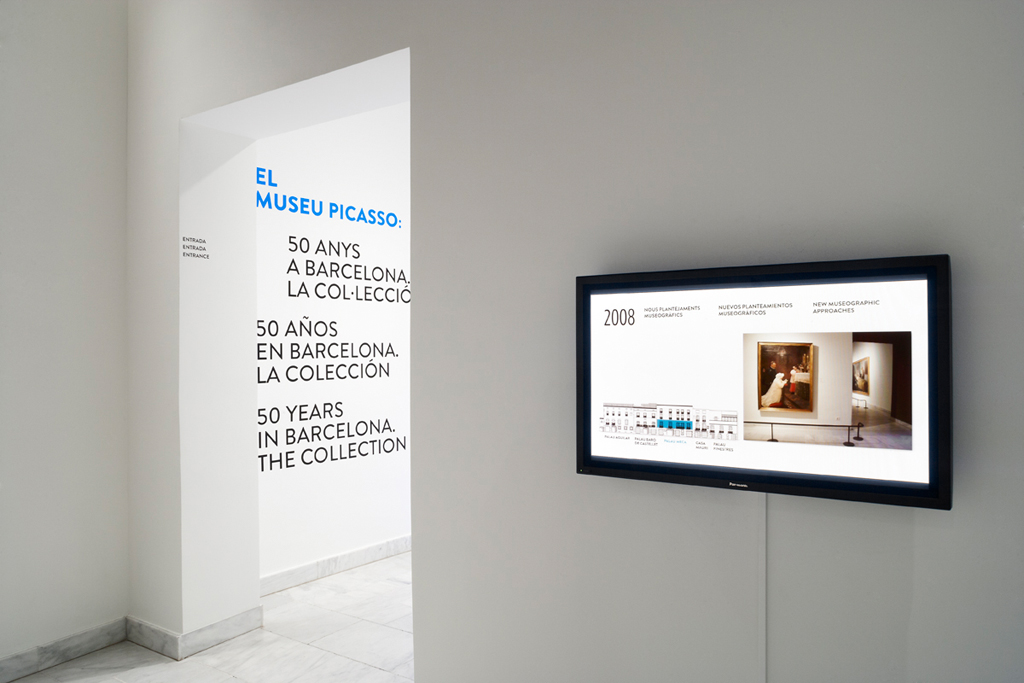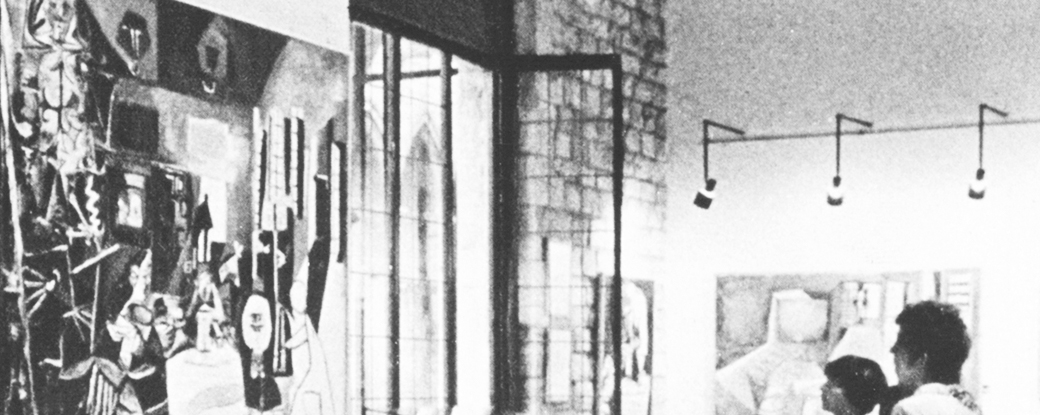
50 Years of the Museu Picasso in Barcelona: The Collection
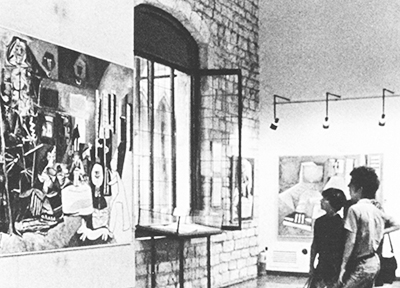
A small-scale exhibition organised to celebrate the fiftieth anniversary of the Museu Picasso reveals the nature of the museum's permanent collection and how it has steadily grown.
The permanent collection of the Museu Picasso in Barcelona has grown and taken shape over the years, especially thanks to the important gifts initially made by Picasso, and also to the generous contributions of private collectors and the artist's heirs, not to mention the valuable purchases made by Barcelona City Council.
The collection is structured around two main sections: on the one hand, works produced during Picasso's apprenticeship and youth, and on the other, his 1957 series entitled Las Meninas. The two sections afford the museum its distinctiveness, for they enable scholars to study the artist's early works in one and the same centre that, in addition, houses the only complete series of interpretations of the work of another artist, Velázquez, made by Picasso during the fifties and sixties.
Sabartés and the Barcelona City Council
The museum’s collection in 1963 was supplied by two major sources: Jaume Sabartés donated a sculpture, six drawings, four oil paintings, 11 humorous pieces and 350 prints and lithographs; and Barcelona City Council donated 37 works by Picasso that already belonged to municipal museums. Some of these works were ones the artist had donated to Barcelona Art Museums in 1919 and 1938; others had been purchased from the collector Lluís Plandiura by the Junta de Museus in 1932 or bequeathed by Lluís Garriga Roig. After Sabartés died, Picasso oversaw the growth and development of the museum’s collections, and between 1968 and 1971 he sent the museum a copy of every print he made, dedicated ‘To Sabartés’.
Donations by Picasso
Picasso’s generosity towards his museum in Barcelona went beyond sending copies of his prints, and in May 1968 the museum received 59 paintings from Mougins donated in memory of Jaume Sabartés, who had recently died: a portrait of Sabartés dated 1901, and the 58 paintings that make up the Las Meninas series. Two years later he once again increased the museum’s collection by donating 236 oil paintings, 1149 drawings, 17 albums of drawings containing 826 drawings, two prints, four textbooks with drawings in the margins, 47 works by other artists and several sundry items (paint box, palette) that had been kept by three generations of his family: his mother, his sister Lola and his Vilató Ruiz nieces and nephews.
Contributions from the civic society
News that the museum was being set up prompted several artists, members of Barcelona civic society and people close to Picasso to donate works to enlarge its collection. Works contributed by Domènec Carles, Gala and Salvador Dalí, Galerie Louise Leiris in Paris, Sala Gaspar in Barcelona and Gustavo Gili publishing house went on show at the museum.
The commitment from the City Council
After the museum opened, Barcelona City Council honoured its commitment to continue enlarging the museum’s collection as and when it could afford to do so. The acquisitions policy has followed two key goals: to increase the number of artworks and to build up the sections of paintings and drawings by focusing on the key periods in the museum’s collection. We believe the most significant acquisitions are the oils paintings Painter Working (1965) and Fairground Stall (1900), the sculpture Woman’s Head (Fernande) (1906), the Catalan Sketchbook (1906), the drawings Madrid Bohemia (1901) and Portrait of Jacqueline with Ribbon (1963), and several illustrated books with prints by the artist.

